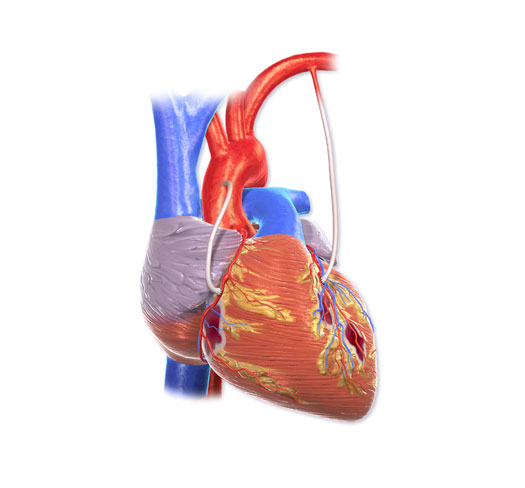-
Products
-
- Featured Products
- Supraflex Cruz
-
- Professionals
- Patients & Caregivers
- Investors
- About SMT
Main navigation
What precautions should be taken before the surgery?
- It is necessary to first carry out an electrocardiogram among other tests to be performed before the surgery.
- Do not take any medications that contain aspirin or any anticoagulants for at least 3 days before the surgery. These medications may cause more bleeding. If you have any doubts, consult your doctor.
- Do not eat or drink anything on the day the surgery is to be performed. Medications may be taken with small sips of water. If you are diabetic, your doctor should be consulted with regards to diabetic medications.
- Quit smoking. Smokers have more mucus in their lungs. This mucus is difficult to remove after the surgery.
- The procedure will be explained to you. You will also be asked to provide consent for the procedure.

- The operator will divide your chest in half so as to expose your heart. Your heart will be connected to a heart-lung machine which will take over the function of your heart and lungs. This allows the operator to stop your heart temporarily and perform the bypass procedure.
- The operator will harvest a healthy blood vessel from another part of the body, such as the chest, leg or arm.
- One end of the blood vessel will be attached to the aorta (the main and largest blood vessel of the heart), whilst the other end is attached to the blood vessel below the blockage.
- This allows blood to flow through the new route to the heart.
- More than one coronary artery bypass may be performed depending on the number of blockages.
- You will be removed from the heart-lung machine and your heart will restart beating. Your chest bone will be closed with either stitches or staples or both. The procedure may last 3–5 hours depending on the severity of the diseased blood vessels.
- After the surgery you will wake up in the ICU. You will have a tube in your mouth to help you breathe. This will be removed over a short period of time as you begin to breathe on your own.
- The nurse will use a small tube to remove mucus from your lungs and mouth to prevent the build-up of mucus in the lungs. This may be painful, but medications may be given to ease the pain.
- Deep breaths should be taken to prevent fluid build-up in the lungs. You will be trained to breathe deeply.
- You will be connected to other machines and devices that will help monitor your vital signs. An IV medication will be given through your arm to control blood circulation and pressure.
- You will be able to walk and carry out other physical activities gradually the day after the surgery. If the healthy vessel was taken from the leg, some bruising or swelling may occur, do not cross your legs when you sit.
- It is normal to have a low count of red blood cells after the surgery, but this will make you feel tired.
- After one to two days, the bandages will be removed. Most of the stitches will be dissolvable. The staples will be removed a week after the surgery.
- Before you are allowed to return home, your vital signs will be monitored and tests such as a chest x-ray will be performed.
- You may go home depending on how well you recover.
- It is important to set-up a follow-up visit with your doctor about a month after the surgery.


